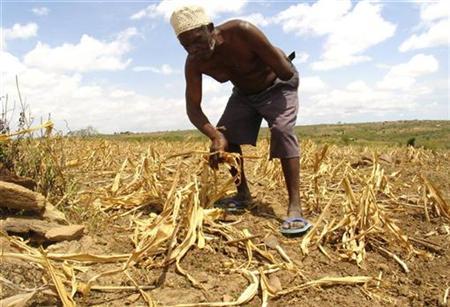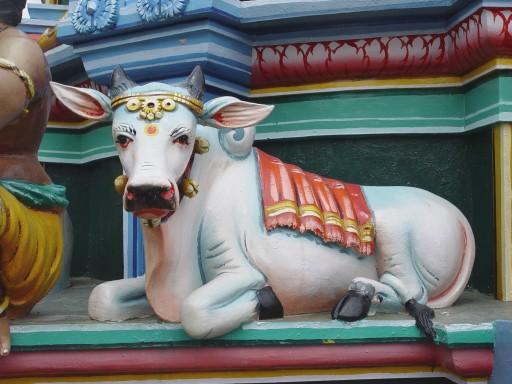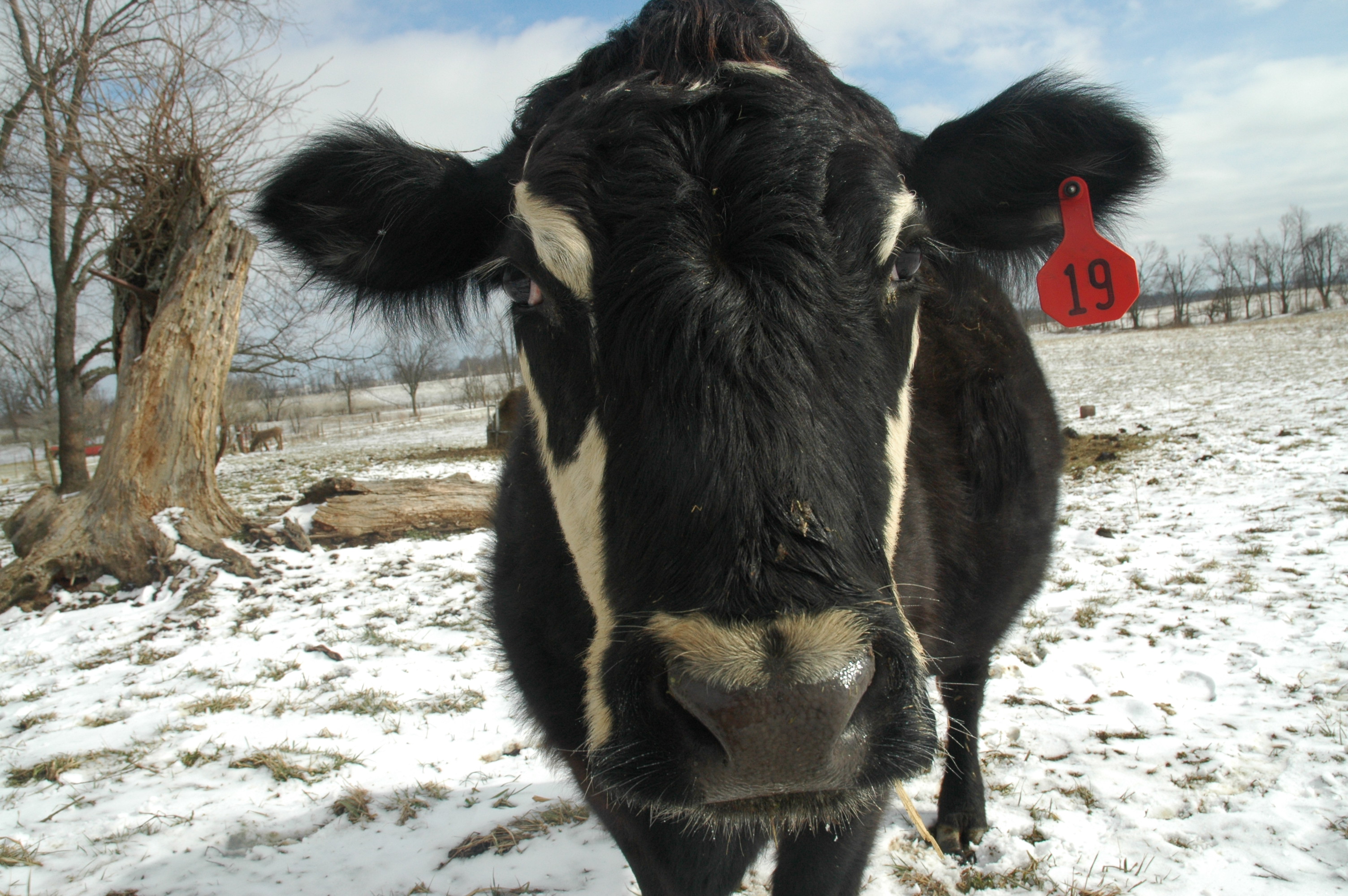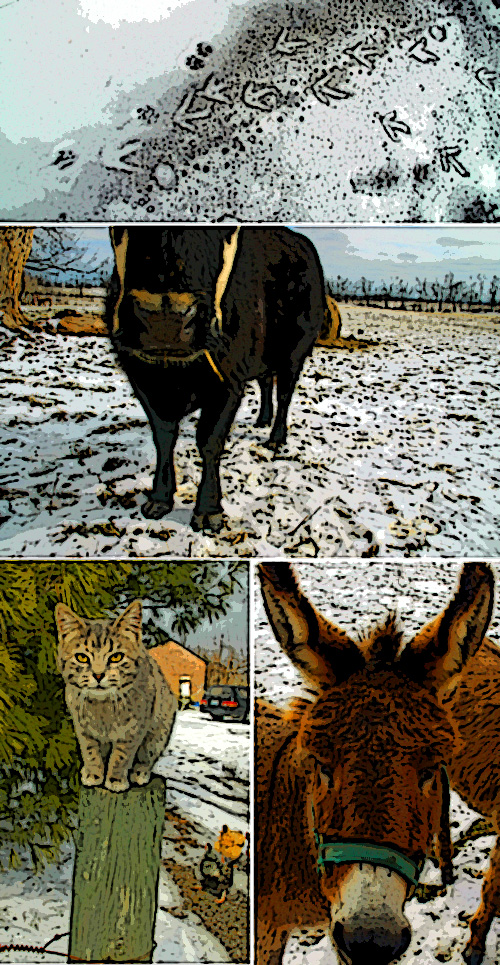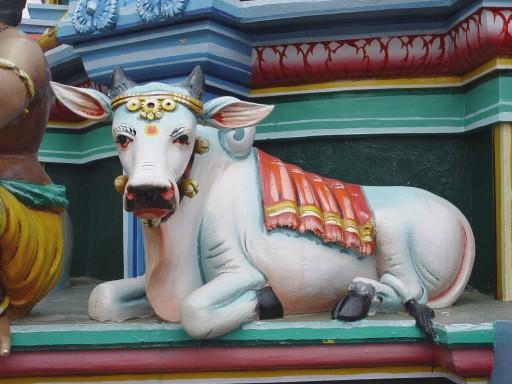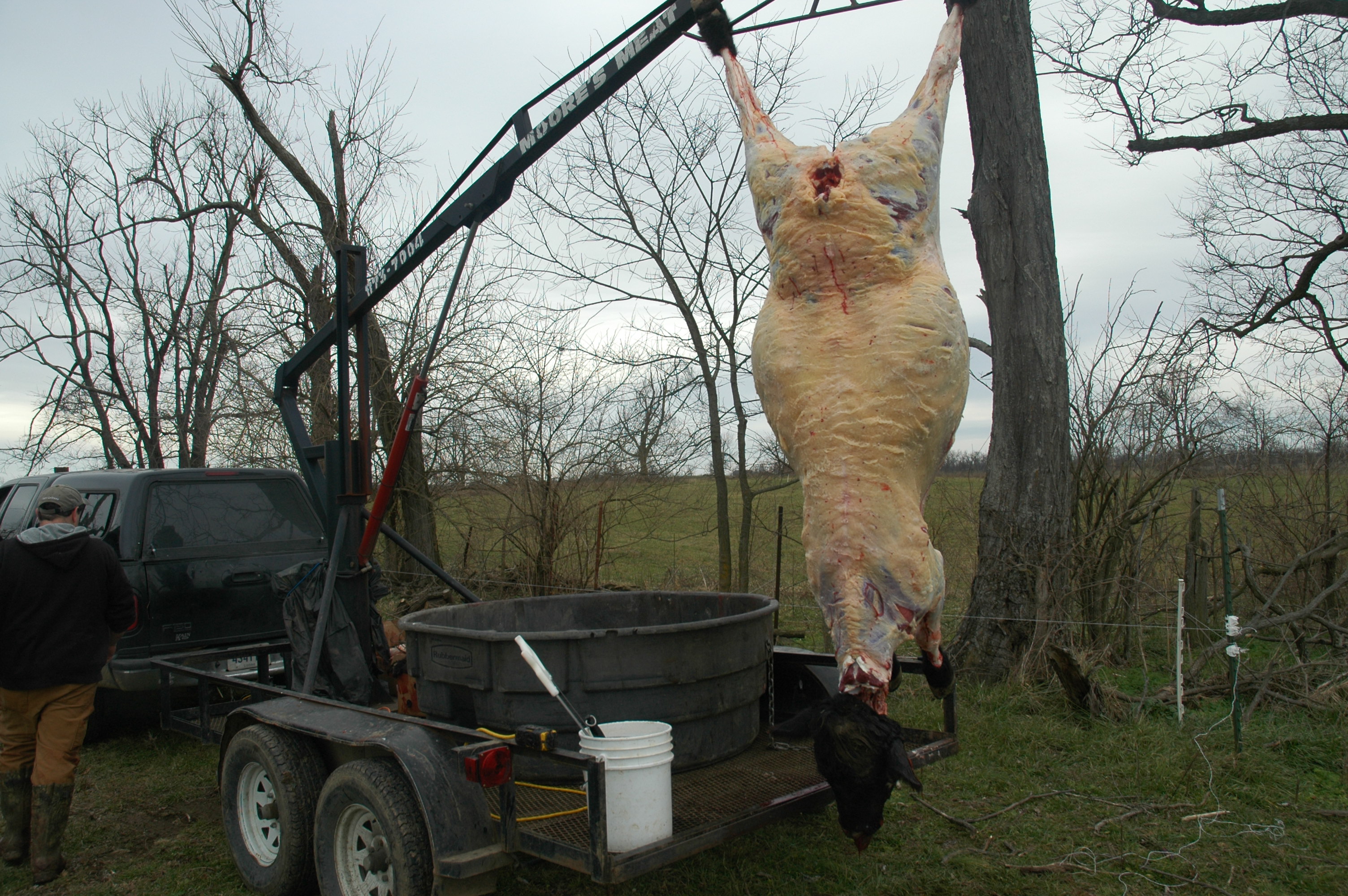Updated below.
I have not seen the first episodes of Jamie Oliver’s Food Revolution but I plan to watch them all. While I enjoyed this summation from the Washington Post, I found it awfully snarky, and maybe more than a little dishonest.
“‘Jamie Oliver’s Food Revolution’ regurgitates the worst of reality TV pap”? Here we go again. A writer for a reputable mainstream media player purports to speak for the common man by defending (or getting defensive about) what really is a tragic obesity epidemic because he doesn’t like being talked down to by “a foreigner with meticulously rumpled hair and a funny accent telling them to hand over the fries.”
Or, as the morning deejays at Morgantown’s “The Dawg” put it to Oliver: “We don’t want to sit around and eat lettuce all day. Who made you king?”
I’ve written about this before. Point out that Americans’ diets are killing them, and you can count on being shouted down and characterized as elitists, snobs, and–the lowest blow of all–foodies! These attacks on locavores seem to come with great regularity from highly esteemed conventional media sources such as the Washington Post, the Atlantic Monthly, the New York Times and Slate. Their faux-populist message sows the seeds of doubt about the message of food activists, and gives cover to continuing business as usual.
In a sad, not unrelated development, and in case you thought steps were being taken to improve this situation, Jill Richardson’s great La Vida Locavore blog reports that the USDA had substantial input from … makers of junk food in the drafting of new nutrition standards for American schools.
Why is the junk food lobby at the table to make rules about nutrition? Would you have a criminal at the table to make laws about crime? The American Beverage Association, Coca Cola, Mars, Nestle, and PepsiCo were all included in negotiations for the new school lunch nutrition standards in [Senator Blanche] Lincoln’s child nutrition bill. Under the bill, the USDA will set one set of nutrition standards for all food sold in schools during the school day (including vending machines). This is a change from current laws, which forbid the USDA from setting rules over most food sold in schools outside of the federally-reimbursable school lunch (i.e. the meal served to kids who receive free lunch).
So here’s the question: What did public health groups give up by negotiating with the junk food lobby? What do public health experts think the school nutrition standards should be, and how far apart is that from the actual language of the bill?
Hmm. Cutting a deal with the very industries that are the engines for a national health catastrophe. Where have I seen this before?
Update: In a Firedoglake diary titled Lousy School Lunch Bill, One Step Closer to Passage Richardson wonders why “Democrats put their least loyal Senator in charge of one of their highest profile issues.” That Senator would be Ms. Blanche Lincoln, who somehow got to be the author of the child nutrition bill inspired by Mrs. Obama herself:
And Blanche Lincoln is no Michelle Obama. She’s not even as progressive as Barack Obama, who called for $10 billion in new money over 10 years for child nutrition, a number Lincoln reduced by more than half.
To put that in easier to understand terms, Obama’s proposal would have given up to $.18 in addition funds to each child’s school lunch. Lincoln’s bill gives each lunch $.06. Compare that to the School Nutrition Association’s request to raise the current $2.68 “reimbursement rate” (the amount the federal government reimburses schools for each free lunch served to a low income child) by $.35 just to keep the quality of the lunches the same and make up for schools’ current budgetary shortfall. School lunch reformer Ann Cooper calls for an extra $1 per lunch to actually make lunches healthy. So any amount under $.35 is no reform at all, and Lincoln gave us $.06.
Richardson goes on to put the awful facts of this matter in context:
Unfortunately, the only real way to improve the quality of school lunch is money. Schools need money for better food but they also need money for labor, training, and equipment. And the equipment needed is sometimes as simple as knives and cutting boards, essential tools for preparing fresh fruits and vegetables that all too many schools lack. And it’s money that this bill does not provide.
In the case of school lunch in particular, where the most vulnerable members of our society – low income children who cannot afford to bring a healthy lunch from home – are affected, the government’s failure to provide healthy food is utterly unconscionable. It’s also stupid, since an estimated 1 out of every 3 children born in 2000 will suffer from Type II Diabetes during their lifetime, and diabetes is one of the most expensive health problems to treat. Every penny we don’t pay now for school lunches is money we will spend later on Medicaid and Medicare for children who grow up to suffer from diabetes. But, as a House staffer put it to me when I raised that point, “the CBO [Congressional Budget Office] doesn’t score that way.” When the government tabulates whether or not a program is saving money, future expenditures on predictable, preventable health conditions aren’t added in.



